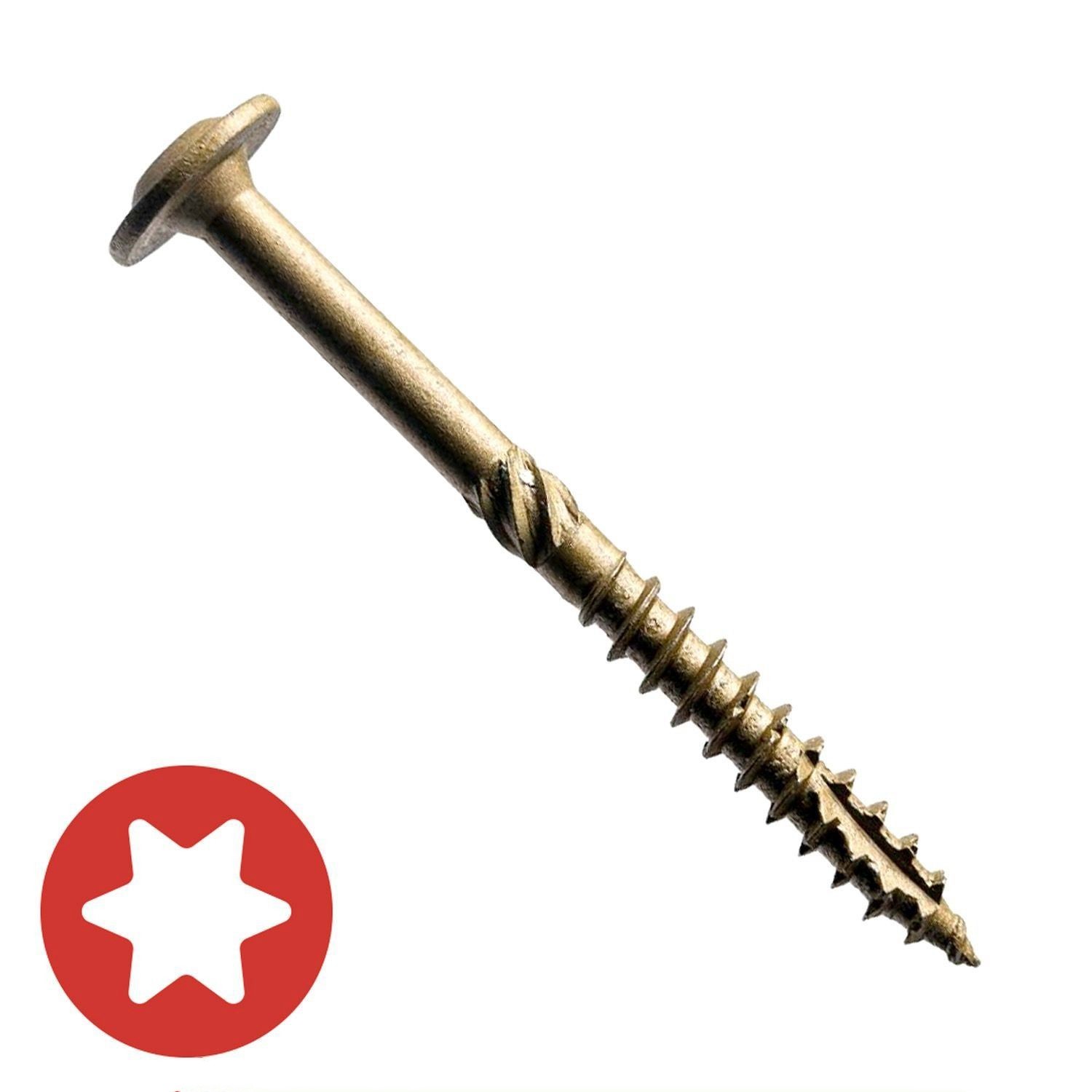Introduction to Wood Screws
Wood screws are an important tool to change the construction and woodworking industry. These screws are known for their strength and reliability, ensuring safe fixation and providing durable solutions for a wide range of wood-based projects. If you want to improve the structural integrity of your wood project, choosing the right type of wood screw is a crucial step.
Why are wood screws important
The main function of wood screws is to establish a firm connection in the wood structure. Thanks to its careful design, they prevent wood from dismantling and provide enhanced grip compared to traditional nails or other fasteners. Wood screws come in a variety of sizes, lengths and line patterns, making them available for use in a variety of projects such as building decks, fences and furniture.
Step-by-step guide: How to use wood screws effectively
The correct use of wood screws is essential for achieving a perfect project. Here is a step-by-step guide:
1. **Select the correct screw**: Not all wood screws are equal. Select the screw length and thread type that meet your specific project needs. For example, longer screws are ideal for thicker wood boards, while thin screws can better fit smaller fine pieces.
2. **Preparing wood**: Check the wood before fixing. If necessary, drill holes to ensure a smoother installation and reduce the risk of splitting wood.
3. **Use high-quality tools**: Use a power drill bit with a proper drill bit to drive the screws to the wood. This provides better control and minimizes effort.
4. **Driving slowly**: When inserting wood screws, make sure to drive slowly and consistently. This prevents damage to the wood and ensures the position of the screws is accurate.
5. **Double Check Alignment**: Once the screw is inserted, check the structure to make sure everything is aligned correctly and secured.
Common mistakes to avoid when using wood screws
Even experienced carpenters can make mistakes when using wood screws. Here are a few pitfalls to avoid:
- **Use the wrong screw size**: Choose screws that are proportional to the thickness of the wood to avoid structural weaknesses.
- **Skip the Pilot Hole**: Some items may induce you to skip creating a Pilot Hole, but this may cause wood to split.
- **Tighten screws**: Driving the screws too tightly will damage the thread, damage the wood and reduce the fixing power of the screws.
Advantages of wood screws
Wood screws offer several advantages that make them the preferred choice in woodworking:
- **Higher strength and durability**: They create safe connections longer than most traditional fixing methods.
- **Corrosion resistance**: Many wood screws are coated to withstand environmental factors, making them ideal for outdoor use.
- **Easy to use**: Designed for direct application design, wood screws simplify the installation process.
Conclusion
Wood screws play a vital role in wood-based projects, providing durability and reliability for professional and DIY applications. By following the proper use techniques and selecting the right screws for your project, you can enhance your woodworking experience and achieve strong and lasting results. Remember to handle wood screws with caution, avoid common mistakes, and make sure your tools are in the best condition.


